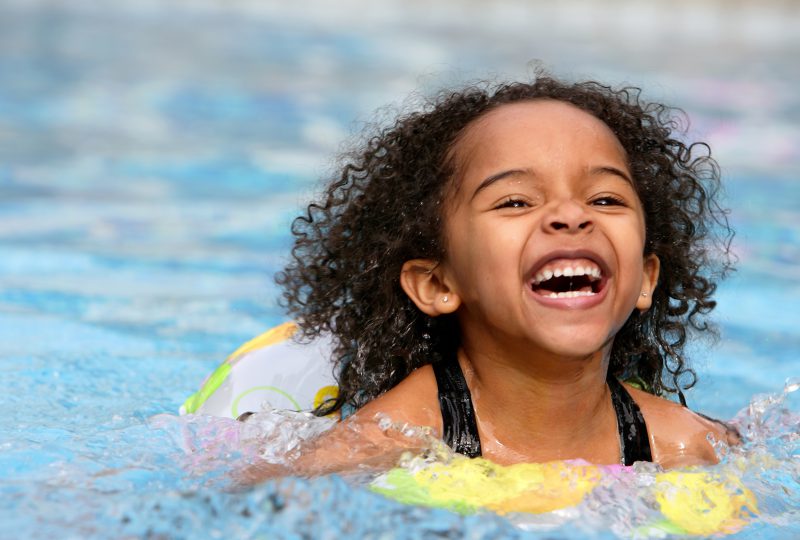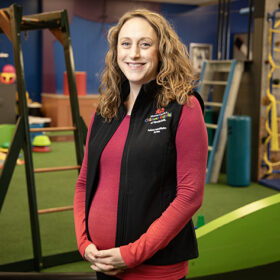Summer’s here and the time is right for safety at the pool
Drowning is a silent killer. How to be sure children have safe fun in the water.
May 30, 2019
Summer is a wonderful time for children (and even, sometimes, for adults), but the hot weather is also when experts see an uptick in drowning and near drowning incidents.
Tennessee was tied for fifth for the highest number of pool and spa drownings involving children younger than 15 from Memorial Day through Labor Day 2018, according to statistics from the United States Consumer Product Safety Commission.
“Drowning is a silent killer. There is no screaming or waving for help like you may see on television,” says Purnima Unni, MPH, Pediatric Trauma Injury Prevention Program Manager at Monroe Carell Jr. Children’s Hospital at Vanderbilt. “In less than two minutes under water, a child can lose consciousness, and brain damage can occur after just four to six minutes.”
“Parents assume that if their child falls in the water, they will hear a lot of splashing and screaming and will be able to rescue them. The sad truth is that many times the child slips under water silently and even people near or in the pool with them have reported hearing nothing during drowning incidents.”
Drowning remains the leading cause of unintentional death for children ages 1 to 4; two children younger than 14 die from drowning each day in the U.S., and near-drowning incidents leave many with long-term consequences including memory problems, learning disabilities and other permanent physical limitations.
Unni emphasized a key message: constant adult supervision is a must.
She also suggested that caregivers refrain from distracting activities such as reading or talking on the phone while supervising children. In addition, the American Academy of Pediatrics recommends “touch supervision” for kids younger than 5, which means parents or caregivers should always be within arm’s length of children.
“Parents assume that if their child falls in the water, they will hear a lot of splashing and screaming and will be able to rescue them,” she said. “The sad truth is that many times the child slips under water silently and even people near or in the pool with them have reported hearing nothing during drowning incidents.”
Unni urges caregivers and adults to be mindful of the ABCs of water safety as many flock to area pools and lakes this holiday.
A – Adult supervision
- Active adult supervision is arguably the most important water safety rule. At least one adult should be focused on the pool and close enough to touch the swimmers if necessary.
- Designate an adult “water watcher.” This person’s sole responsibility is to watch the pool area for 15 minutes and not read or talk on the phone. After 15 minutes, pass the responsibility to another adult for 15 minutes, and so forth. Ensure that the “water watcher” is a sober adult who knows CPR and has basic swimming skills.
- Floaties (inflatable armbands) or other inflatable flotation devices are not life jackets and should never be substituted for adult supervision.
B – Barriers and boating safety
- Have a properly working physical barrier such as an isolation fence, pool safety cover and pool alarm that meets code requirements.
- If the home opens directly to the pool, door alarms and locks should be installed.
- Always swim at a lifeguarded beach and pay attention to the beach warning flags. Wear properly fitted U.S. Coast Guard-approved life jackets while on a boat.
C – Classes
- Teach children to swim. The American Academy of Pediatrics recommends swimming lessons for children as young as 1.
- Adults and children 13 and older should learn infant and child CPR.
Photo: iStock










